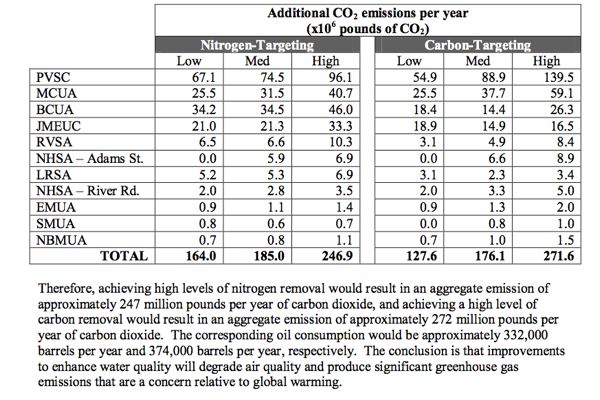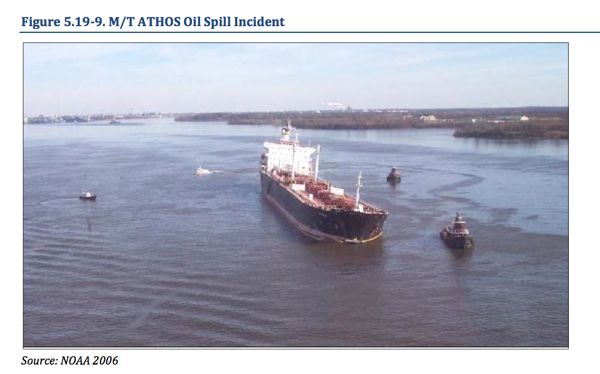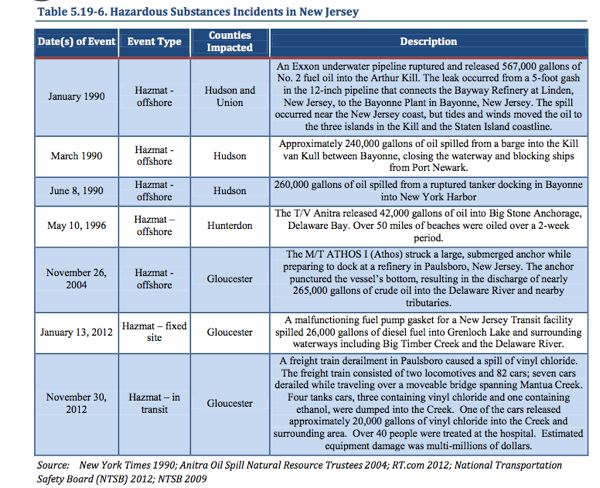Vision, Ideology, and Rhetoric Matter – Contrasting Views On Open Space Funding Debate
Reading the various news stories on the open space funding debate got me to thinking about how contrasts in the views of the various players are quite revealing.
The dominant view that seems to be carrying the day – and it’s a worldview that is not just limited to the open space funding issue – is that of the corporate business community.
Some call that a Neoliberal, anti-tax, anti-government, reactionary, austerity worldview – promoting a hyper-individualist competitive “race to the bottom”.
But don’t accept my labels, let’s listen to the words of the NJ Chamber of Commerce, who oppose the “slimmed down scheme”, the most recent open space funding compromise: (NJ Spotlight)
Nevertheless, the new slimmed-down scheme still drew sharp criticism from business groups and others.
“We’re in a fiscal crisis right now, but probably it is only going to get worse,’’ said Michael Egenton, a senior vice president of the New Jersey State Chamber of Commerce, said at a public hearing Monday that allowed the measure to move forward.
The Chamber’s comment prompted this sharp rebuke in the Spotlight comments section, by yours truly:
Mr. Egenton’s so called “fiscal crisis” has not stopped the Gov. from giving corporations over $2 billion in tax breaks.
Business leaders not only completely lack any vision about the factors that attract a quality work force and business climate, but their greed and self interest is unbounded.
Education, vibrant cities, arts, and accessible high quality natural resources are the factors people and families consider in where they choose to work and live.
People and small businesses look for good paying jobs with benefits and security and opportunity and their middle class incomes drive economic demand.
In contrast, all the business community advocates is an accelerating race to the bottom: slashing environmental regulations, defunding open space and infrastructure, corporate welfare, tax cuts for the wealthy, privatized two-tiered segregated education systems and urban centers, and poverty wages.
Notice how that comment transcends the fiscal austerity argument, and situates the open space funding debate in a far broader ideological, political, and policy context.
From this broader critical perspective, the business community’s fiscal argument is tied to ideological beliefs, corporate greed and power, corporate policy agenda, and hypocrisy.
From this critical perspective, other policy issues and concerns are brought into the debate: education; urban revitalization; housing; segregation; environmental justice; infrastructure; labor; arts; politics; and the need for a just and equitable distribution of wealth (i.e.to stimulate what economists refer to as “effective demand”, a Keynesian concept that supports a democratic bottom up demand driven approach to economics).
Politically, this kind of critique facilitates recognition of common interests, the need for collective action, and the imperative to form coalitions with other groups with shared interests that are harmed by the same corporate Neoliberal austerity worldview.
But the elitist proponents of open space make far narrower and less adversarial and less political arguments.
Compare my rhetoric and analysis above with the softer “bipartisan” “mainstream” and narrower voice of the “Keep It Green” folks (but I do hear a faint echo in Dr. Hughes’ comment):
“Right now, we are on track to become the first state in the union to run out of open space. I love New Jersey being first in a lot of things, but that’s not where we want to be.” That was former Gov. Christine Todd Whitman speaking at a New Jersey Conservation Foundation event a few years ago.
Former Gov. James Florio agreed with Whitman, adding that it is incorrect to believe that the state must choose between a healthy economy and a healthy environment. “We’re not going to have one without the other,” he stated.
“Knowledge-based, post-industrial businesses tend to locate in high-quality environments,” noted Dr. James Hughes, dean of Rutgers’ Bloustein School of Planning and Public Policy. “To the degree that investments in open space and farmland preservation produces a higher quality environment, it’s going to make New Jersey that much more attractive for these industries of the future.”
Maybe – just maybe – the Keep It Green coalition is not able to move the Assembly due to the narrowness of their vision – and the appearance of a selfish and elite perspective.
I would have thought they would have learned something politically – if not policy and programmatically – from the recent failure of the sales tax diversion.
Apparently not.




